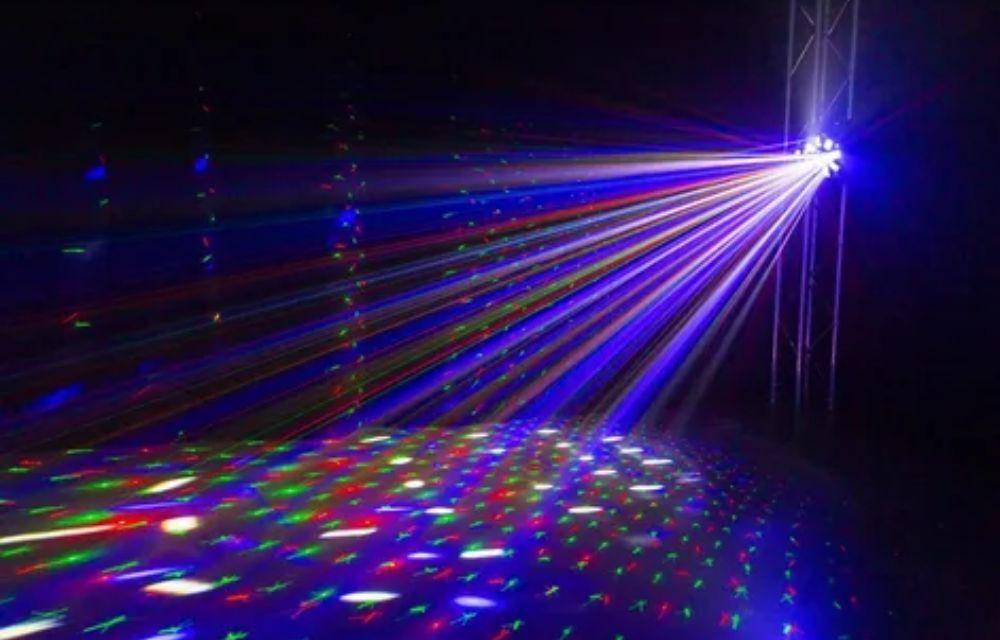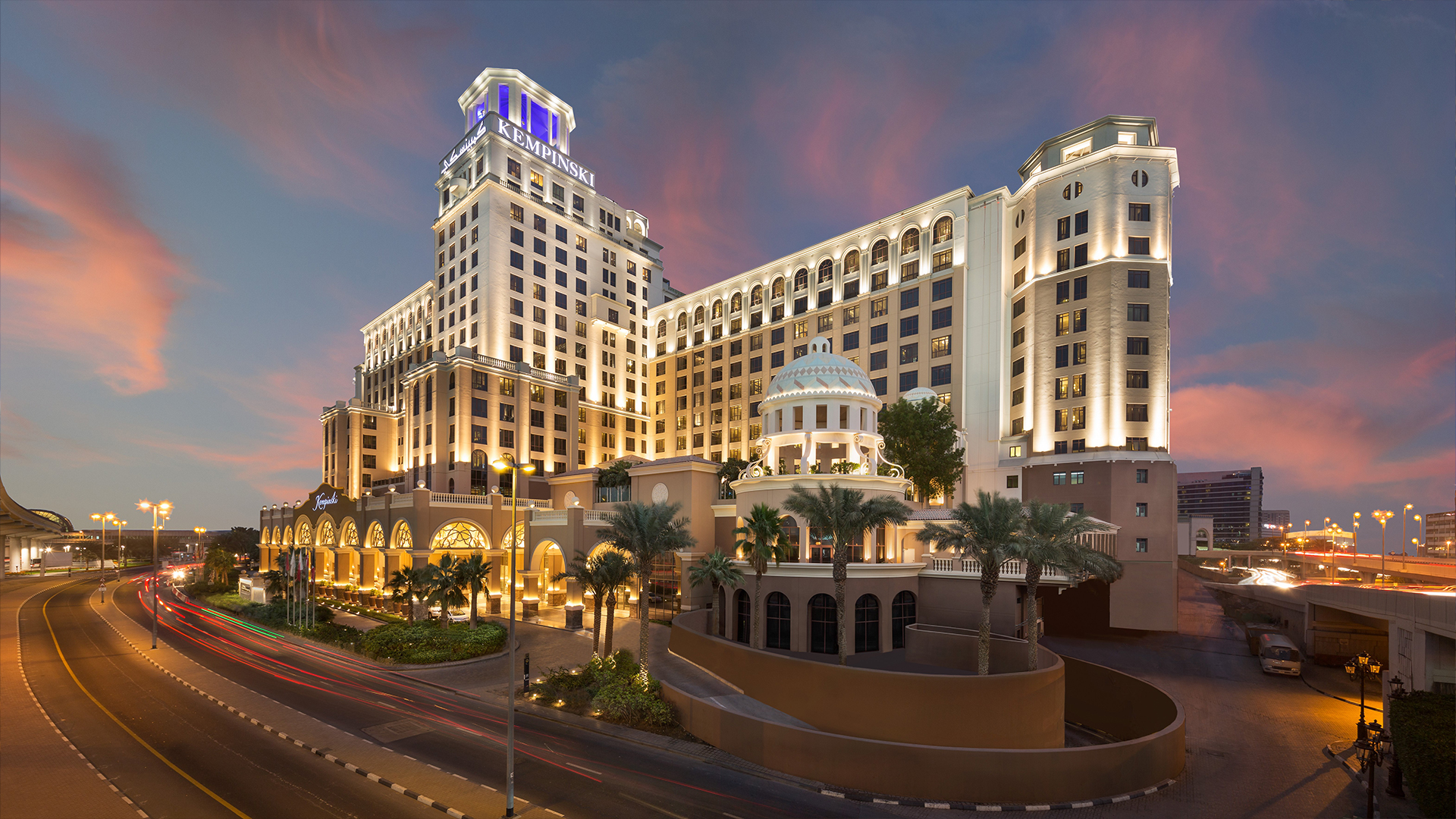
How Do LED Lasers Transform Lighting for Modern Facades?
- admin
- April 28, 2025
- LED Laser
- LED lasers in Dubai
- 0 Comments
Introduction
Contemporary architecture is not merely structural design; lighting is also a determining factor in building character and visual beauty. Facade lighting is no exception, and it has witnessed a revolutionary change with the introduction of LED lasers. These new-age lighting technologies are revolutionizing the lighting of buildings, creating breathtaking visual effects and lending a new beauty to urban skylines. LED lasers provide precision, energy saving, and versatility, making them the first choice in contemporary facade illumination.
The Rise of LED Lasers in Facade Lighting
Facade lighting has historically relied on halogen, fluorescent, and generic LED lights. Although these options supplied functional lighting, they tended to be less precise and lacked the dynamic range to produce impactful visual effects adequately. LED lasers have upended this paradigm by delivering a more concentrated and controlled light source. They project a concentrated beam of light that can be directly pointed to emphasize architectural details, produce patterns, and create vivid color gradations.
In contrast to conventional LEDs, which disperse light, LED lasers emit a very narrow beam of light, minimizing wastage and providing precise control over the illumination so that it is sharp and consistent. This is particularly suitable for highlighting the ridges of a building, texturing, and making vibrant light effects.
Benefits of LED Lasers for Contemporary Facades
1. Precision and Control
LED lasers enable precision accuracy in lighting building facades. Architects and lighting designers can quickly achieve intricate patterns, shapes, and gradients. The capacity to adjust the angle and intensity of the light guarantees the intended effect without light spill or glare.
2. Energy Efficiency
LED lasers use much less power than conventional lighting systems. They emit more lumens per watt, requiring less power to produce bright and vibrant light. This means lower operating costs and a lower carbon footprint, and they are an eco-friendly choice for new buildings.
3. Longevity and Durability
LED lasers last longer compared to traditional lighting systems. They are built to withstand extreme weather conditions, UV rays, and temperature changes, making them perfect for outdoor facade lighting. Their durable construction keeps them performing at optimal levels for extended periods, minimizing maintenance and replacement expenses.
4. Dynamic Lighting Effects
One of the most impressive aspects of LED lasers is their potential to produce dynamic lighting effects. They can change color and pulse and move harmoniously with music or ambient conditions. This allows architects to create facades that change according to the time of day or during events, providing an enthralling visual experience.
5. Customizable and Adaptable
LED lasers can be sourced in a multitude of colors and intensity levels so that designers can design their own personalized lighting programs that align with the building’s personality. Corporate headquarters, hotels, and residential towers are suitable venues for matching LED lasers according to architectural designs and brand names.
LED Lasers in Dubai
Dubai is renowned for its breathtaking skyline and architectural achievements. The adoption of LED lasers in Dubai has raised the city’s nightscape, making it more vibrant and visually impressive. Landmarks, hotels, and business buildings have incorporated LED laser technology to produce dynamic light displays and mesmerizing visual effects. The accurate and colorful lighting delivered by LED lasers highlights the architectural features of these buildings, solidifying Dubai’s stature as a world leader in contemporary design and innovation.

Conclusion
LED lasers in Dubai have transformed contemporary facade lighting with unparalleled precision, energy efficiency, and creative flexibility. Their capability to create crisp, colorful, and dynamic lighting effects makes them the best fit for contemporary architectural projects. In cities such as Dubai, where architectural brilliance is a characteristic, LED lasers have emerged as a vital tool for turning buildings into masterpieces. As technology evolves, the future of facade lighting will undoubtedly be determined by the innovative potential of LED lasers.


Recent Comments